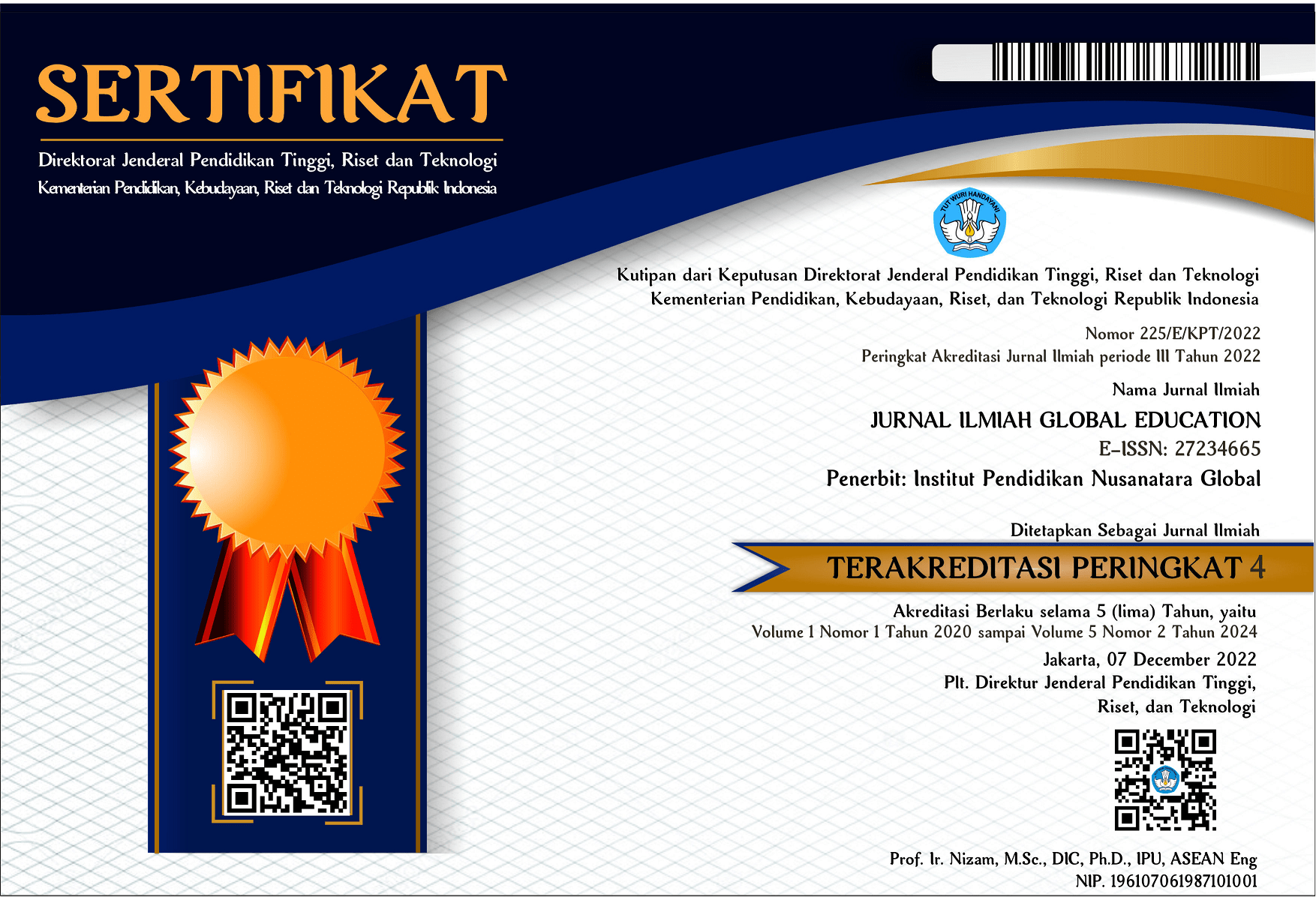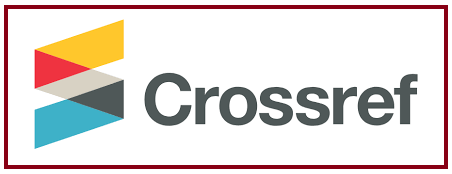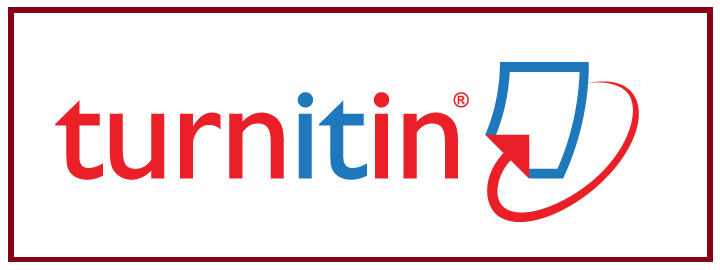SYSTEMATIC LITERATURE REVIEW ANALYSIS OF POSITIVE E-WOM ON THE TOURIST FUTURE BEHAVIOR IN TOURISM VILLAGE MARKETING
DOI:
https://doi.org/10.55681/jige.v4i4.1402Keywords:
Systematic Literature Review, Positive E- WOM, positive impact, tourism villageAbstract
This article provides an in-depth, systematic literature review on the positive impact of e-WOM in the tourism village marketing context. The purpose of this study is to determine the research gap, trend or impact pattern of positive e-wom from the research keyword, namely Positive E- Wom using the Publish or Perish application as a search for the Research Journal database and Vos Viewer as a graphical visualization for determining research gaps. Through systematic literature research methodology, filtered and analyzed various relevant articles from various databases. The results illustrate the various positive impacts of e-WOM. Based on the curated results of research sources, only 100 articles were relevant to the 2018-2023 research time interval from several databases. Based on the research gap analysis using the Mendeley Application and Vos Viewer, the keywords that are relevant to Positive E-Wom research are obtained, namely tourist destination, destination image, intention, positive impact, tourism, Social Medium, Tourist Satisfaction, decision and which has the lowest Research Gap or Variables rarely studied which affect positive E-wom are tourist destination, intention, negative impact/anxiety, enjoyment, esthetic, escapism, authenticity and memorable tourism experience, social media context, symbolic value, tourist delight which are variables that are not visible in the VOS viewer visualization. In this context, positive e-WOM also has a viral effect that is able to reach a wide audience in a short time, as well as encourage active tourist participation in providing feedback and reviews.
Downloads
References
Ali, Y. S., Hussin, A. R. C., & Dahlan, H. M. (2019). Electronic Word of Mouth engagement in social commerce platforms: An empirical study. Information Development, 36(3), 438–456. https://doi.org/10.1177/0266666919867488
Baumeister, R. F., & Leary, M. R. (1997). Writing Narrative Literature Reviews. Review of General Psychology, 1(3), 311–320. https://doi.org/10.1037/1089-2680.1.3.311
Belur, J., Tompson, L., Thornton, A., & Simon, M. (2021). Interrater Reliability in Systematic Review Methodology: Exploring Variation in Coder Decision-Making. Sociological Methods and Research, 50(2), 837–865. https://doi.org/10.1177/0049124118799372
Bore, I., Rutherford, C., Glasgow, S., Aheri, B. T., & Antony, J. (2017). A systematic literature review on eWOM in the hotel industry: Current trends and suggestions for future research. Hospitality and Society, 7(1), 63–85. https://doi.org/10.1386/hosp.7.1.63_1
Cantallops, A. S., & Salvi, F. (2014). New consumer behavior: A review of research on eWOM and hotels. International Journal of Hospitality Management, 36, 41–51. https://api.semanticscholar.org/CorpusID:14477893
Chan, Y. Y. Y., & Ngai, E. W. T. (2011). Conceptualising electronic word of mouth activity: An input‐process‐output perspective. Marketing Intelligence & Planning, 29(5), 488–516.
Chetioui, Y., Butt, I., & Lebdaoui, H. (2021). Facebook advertising, eWOM and consumer purchase intention-Evidence from a collectivistic emerging market. Journal of Global Marketing, 34, 220–237. https://api.semanticscholar.org/CorpusID:233803193
Chetwynd, E. (2022). Critical Analysis of Reliability and Validity in Literature Reviews. Journal of Human Lactation, 38(3), 392–396. https://doi.org/10.1177/08903344221100201
Cheung, C. M. K., & Thadani, D. R. (2012). The impact of electronic word-of-mouth communication: A literature analysis and integrative model. Decis. Support Syst., 54, 461–470. https://api.semanticscholar.org/CorpusID:5174937
Chu, S.-C., & Kim, Y. (2011). Determinants of consumer engagement in electronic word-of-mouth (eWOM) in social networking sites. International Journal of Advertising, 30(1), 47–75. https://doi.org/10.2501/IJA-30-1-047-075
Davis, A., & Khazanchi, D. (2008). An Empirical Study of Online Word of Mouth as a Predictor for Multi‐product Category e‐Commerce Sales. Electronic Markets, 18(2), 130–141. https://doi.org/10.1080/10196780802044776
Davis, J., Mengersen, K., Bennett, S., & Mazerolle, L. (2014). Viewing systematic reviews and meta-analysis in social research through different lenses. SpringerPlus, 3(1). https://doi.org/10.1186/2193-1801-3-511
Floyd, K., Freling, R., Alhoqail, S., Cho, H. Y., & Freling, T. (2014). How online product reviews affect retail sales: A meta-analysis. Journal of Retailing, 90(2), 217–232. https://doi.org/10.1016/j.jretai.2014.04.004
Gong, C., & Ribiere, V. (2021). Developing a unified definition of digital transformation. Technovation, 102, 102217. https://doi.org/https://doi.org/10.1016/j.technovation.2020.102217
Gui, M., & Büchi, M. (2021). From Use to Overuse: Digital Inequality in the Age of Communication Abundance. Social Science Computer Review, 39(1), 3–19. https://doi.org/10.1177/0894439319851163
Hennig-Thurau, T., Gwinner, K. P., Walsh, G., & Gremler, D. D. (2004). Electronic word-of-mouth via consumer-opinion platforms: What motivates consumers to articulate themselves on the Internet? Journal of Interactive Marketing, 18(1), 38–52. https://doi.org/10.1002/dir.10073
Hussain, S., Song, X., & Niu, B. (2020). Consumers’ Motivational Involvement in eWOM for Information Adoption: The Mediating Role of Organizational Motives. Frontiers in Psychology, 10. https://doi.org/10.3389/fpsyg.2019.03055
Ismagilova, E., Slade, E. L., Rana, N. P., & Dwivedi, Y. K. (2020). The Effect of Electronic Word of Mouth Communications on Intention to Buy: A Meta-Analysis. Information Systems Frontiers, 22(5), 1203–1226. https://doi.org/10.1007/s10796-019-09924-y
Katz, E., Lazarsfeld, P. F., & Roper, E. (2017). Personal influence: The part played by people in the flow of mass communications. Routledge.
Leung, X. Y., Sun, J., & Bai, B. (2021). Social media research in hospitality and tourism: A causal chain framework of literature review. Tourism and Hospitality Management, 27(3), 455–477. https://doi.org/10.20867/thm.27.3.1
Lu, X., Ba, S., Huang, L., & Feng, Y. (2013). Promotional marketing or word-of-mouth? Evidence from online restaurant reviews. Information Systems Research, 24(3), 596–612.
Mishra, A., & Satish, S. M. (2016). eWOM: Extant Research Review and Future Research Avenues. Vikalpa, 41(3), 222–233. https://doi.org/10.1177/0256090916650952
Muritala, B. A., Sánchez-Rebull, M.-V., & Hernández-Lara, A. B. (2020). A Bibliometric Analysis of Online Reviews Research in Tourism and Hospitality. Sustainability. https://api.semanticscholar.org/CorpusID:229400461
Nieto, J., Hernández-Maestro, R. M., & Muñoz-Gallego, P. A. (2014). Marketing decisions, customer reviews, and business performance: The use of the Toprural website by Spanish rural lodging establishments. Tourism Management, 45, 115–123. https://doi.org/https://doi.org/10.1016/j.tourman.2014.03.009
Palmatier, R. W., Houston, M. B., & Hulland, J. (2018). Review articles: purpose, process, and structure. In Journal of the Academy of Marketing Science (Vol. 46, Issue 1). Springer New York LLC. https://doi.org/10.1007/s11747-017-0563-4
Park, C., & Lee, T. M. (2009). Information direction, website reputation and eWOM effect: A moderating role of product type. Journal of Business Research, 62(1), 61–67. https://doi.org/https://doi.org/10.1016/j.jbusres.2007.11.017
Roy, G., Datta, B., Mukherjee, S., & Shrivastava, A. K. (2022). Systematic review of eWOM literature in emerging economy using ACI framework. International Journal of Emerging Markets, ahead-of-print(ahead-of-print). https://doi.org/10.1108/IJOEM-08-2021-1313
Seo, E. J., Park, J. W., & Choi, Y. J. (2020). The effect of social media usage characteristics on e-WOM, trust, and brand equity: Focusing on users of airline social media. Sustainability (Switzerland), 12(4). https://doi.org/10.3390/su12041691
Snyder, H. (2019). Literature review as a research methodology: An overview and guidelines. Journal of Business Research, 104, 333–339. https://doi.org/10.1016/j.jbusres.2019.07.039
Tranfield, D., Denyer, D., & Smart, P. (2003). Towards a Methodology for Developing Evidence-Informed Management Knowledge by Means of Systematic Review. British Journal of Management, 14(3), 207–222. https://doi.org/https://doi.org/10.1111/1467-8551.00375
Winchester, C. L., & Salji, M. (2016). Writing a literature review. Journal of Clinical Urology, 9(5), 308–312. https://doi.org/10.1177/2051415816650133
Xiao, Y., & Watson, M. (2019). Guidance on Conducting a Systematic Literature Review. In Journal of Planning Education and Research (Vol. 39, Issue 1, pp. 93–112). SAGE Publications Inc. https://doi.org/10.1177/0739456X17723971
Yan, Q., Zhou, S., & Wu, S. (2018). The influences of tourists’ emotions on the selection of electronic word of mouth platforms. Tourism Management, 66, 348–363. https://doi.org/10.1016/j.tourman.2017.12.015
Yang, Y., Park, S., & Hu, X. (2018). Electronic word of mouth and hotel performance: A meta-analysis. Tourism Management, 67, 248–260. https://doi.org/10.1016/j.tourman.2018.01.015
Downloads
Published
How to Cite
Issue
Section
License
Copyright (c) 2023 JURNAL ILMIAH GLOBAL EDUCATION

This work is licensed under a Creative Commons Attribution-ShareAlike 4.0 International License.













